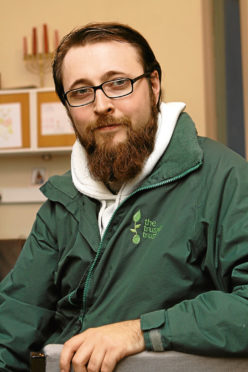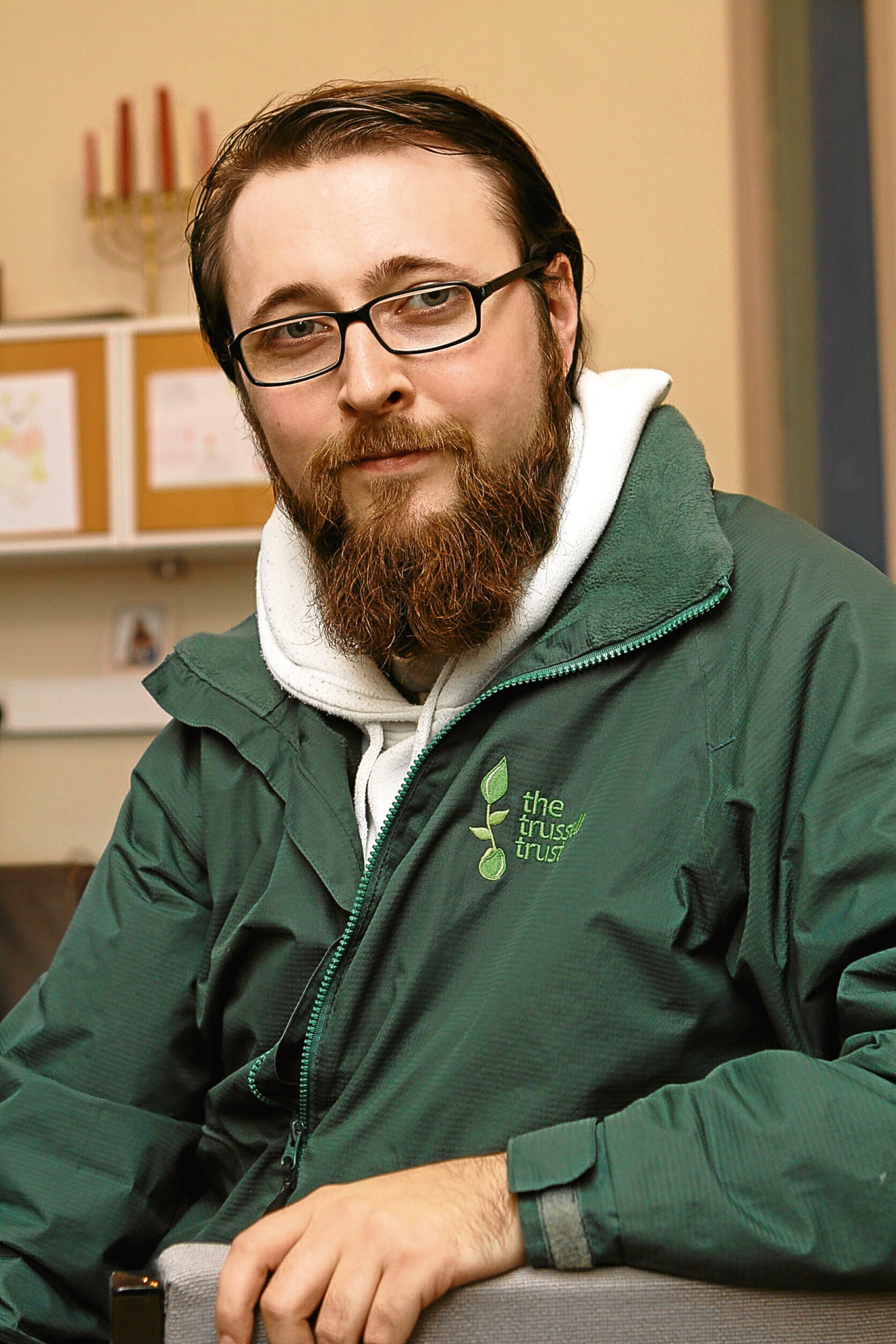I love Europe – its countries, cultures and coastlines.
Now we have officially left the political union with Brussels which has existed for the entire duration of my life, hiring German cars, drinking French wine, eating Italian food, attending Dutch festivals and visiting Spanish cousins will be no less of a feature in my future as it was in my past.
However, while the UK Government is lauding Britain’s new-found political independence, Scotland’s party of independence is filled with lamentation.
Each Christmas in my home is marked by Dickensian classics such as A Christmas Carol or Oliver Twist but the dissonance in recent political discourse between Holyrood and Westminster reminded me of an opening line from another of Dickens’ novels, A Tale of Two Cities.
It reads: “It was the best of times, it was the worst of times… it was the season of light, it was the season of darkness, it was the spring of hope, it was the winter of despair, we had everything before us, we had nothing before us.”
We – the electorate – are living in an equally dissonant tale but, in our case, it is one of two countries.
On one hand, we had the UK Brexit negotiator Sir David Frost, who said: “Britain has just become a fully independent country again – deciding our own affairs for ourselves.”
He optimistically added: “We have a great future before us. Now we can build a better country for us all.”
On the other hand, Scotland’s First Minister Nicola Sturgeon said: “Scotland will be back soon, Europe. Keep the light on.”
The UK Government maintains we are entering “a spring of hope” while the Scottish Government appears to believe we are heading for a “winter of despair”.
Indeed, this contrast was apparent in last week’s Holyrood and Westminster debates as the typically vanquished backbench Westminster voices of Sir Bill Cash, Sir Bernard Jenkin and Sir Iain Duncan Smith were unusually jovial whilst SNP MSPs such as Bruce Crawford, Stewart Stevenson and Mike Russell elicited an air of despondency.
At Holyrood last week, Ms Sturgeon said: “We will vote against a rotten Brexit that Scotland has rejected.”
However, fishing communities such as Banff and Buchan in Aberdeenshire, Whalsay and South Unst in Shetland and Lossiemouth in Moray decisively rejected Remain and, in 2017, some of these areas returned the highest number of Conservative MPs in Scotland since 1983.
To, therefore, present a nation with more than a million Leave voters as a homogenous bloc of Europhiles doesn’t wash.
Ms Sturgeon – alongside Messrs Crawford, Stevenson and Russell – should remind themselves they all joined the SNP when it was a Eurosceptic party and they ignore the Euroscepticism within its ranks, and the country it governs, at their peril.
If indeed Scotland becomes independent and has a referendum on EU readmission, it might just be the EU which repays the electricity bill for the light Scottish voters extinguish.

